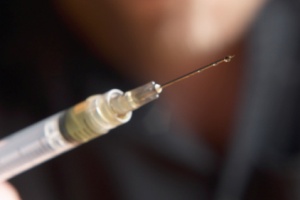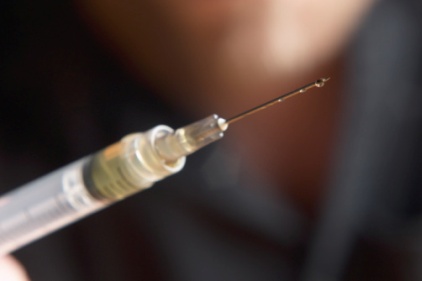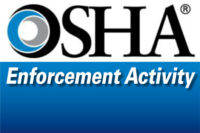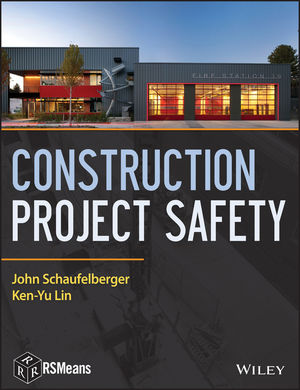 The National Institute for Occupational Safety and Health has released details of a project aimed at insuring that that bloodborne pathogens exposure control plans are effectively implemented in private dental offices and dental clinics.
The National Institute for Occupational Safety and Health has released details of a project aimed at insuring that that bloodborne pathogens exposure control plans are effectively implemented in private dental offices and dental clinics.
With the Centers for Disease Control and Prevention (CDC) estimating that nearly 600,000 healthcare workers suffer sharps injuries annually, OSHA was directed by Congress to revise the standard to require employers to identify and use effective and safer medical devices, and to maintain a sharps injury log.
OSHA has determined that compliance with these standards significantly reduces the risk that workers will contract a blood-borne disease in the course of their work. However, blood-borne pathogens programs, policies, and standards for health care workers are based primarily on hospital data. Approximately one-half of the 11 million health care workers in the United States are employed in non-hospital-based settings, such as physician offices, home healthcare agencies, correctional facilities, or dental offices and clinics.
"Little information is known about the risk management practices in these non-hospital settings," according to NIOSH, which says non-compliance may occur if hospital-based standards and policies are not appropriate to non-hospital settings.
The institute plans to focus on dental offices and clinics, an important segment of the non-hospital based healthcare system.
It is important to identify effective methods for using exposure control plans in non-hospital settings and to verify whether the specificity and relevance of bloodborne pathogen training and educational materials for non-hospital facilities can positively impact compliance in dental settings.Show citation box
The proposed project will draw on research-to-practice principles and will be assisted by a network of dental professional groups, trade associations, and government agencies. Specific objectives are to:
1 inventory existing exposure control plans
2 determine if the exposure control plan or other resource is actively used to prevent occupational exposures
3 determine available resources and barriers to use such as relevant educational materials, knowledge, costs, availability, etc.
4 develop strategies to overcome key barriers to compliance.
5 report lessons learned applicable to the entire health sector.
The Organization for Safety, Asepsis and Prevention (OSAP), a group of professionals dedicated to safe oral care, will conducting an online survey of private dental practices in the United States. Information collected will include current level of existing exposure control plans in various dental healthcare settings; whether the plan or other resource is actively used to prevent occupation exposures; available resources and barriers to use such as relevant education materials, knowledge, costs, and availability. The dentists contacted will represent 32% of the total population of working dentists in the United States.
Click here for details of the proposed project.


